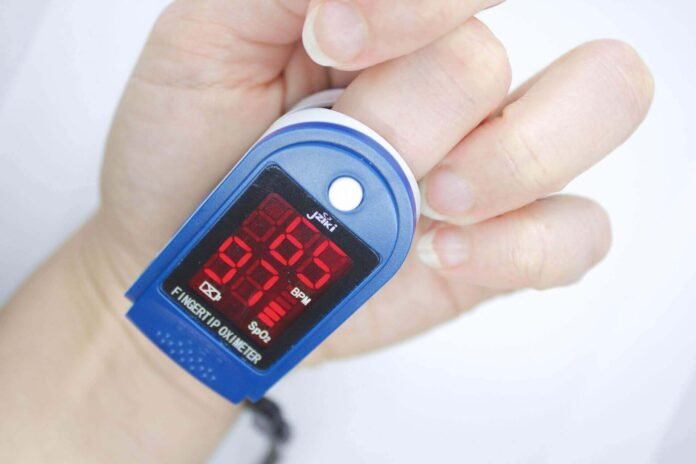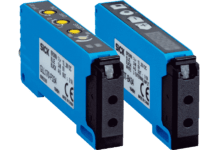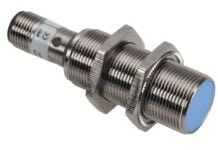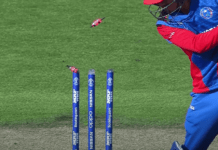You are likely to have come across Pulse Oximeters if you have been to a doctor for treatment of the illness.
Although most people do not need a pulse oximeter, many people are utilizing them to check their oxygen levels during the COVID-19 pandemic.
Pulse oximeters determine how much oxygen is carried by the hemoglobin in the blood (oxygen saturation).
It can detect even little changes in oxygen levels quickly. These numbers indicate how well blood carries oxygen to the parts of your body furthest from your heart, such as your arms and legs.
A pulse oximeter is a little gadget that looks like a clip. It is attached to a body part, usually a finger.
They are frequently used by medical workers in critical care environments such as emergency departments and hospitals.
Let us understand – how does pulse oximeter works?
Understand the Concept of Oxygen Saturation
Before we move on to how does pulse oximeter works, it is important to understand the concept of oxygen saturation.
We know that blood carries oxygen which is necessary for our life. Hemoglobin is the principal carrier of oxygen in our bloodstream.
Take a look at the below image, the hemoglobin molecule carrying oxygen is known as Oxygenated hemoglobin and one that is without oxygen is deoxygenated hemoglobin.
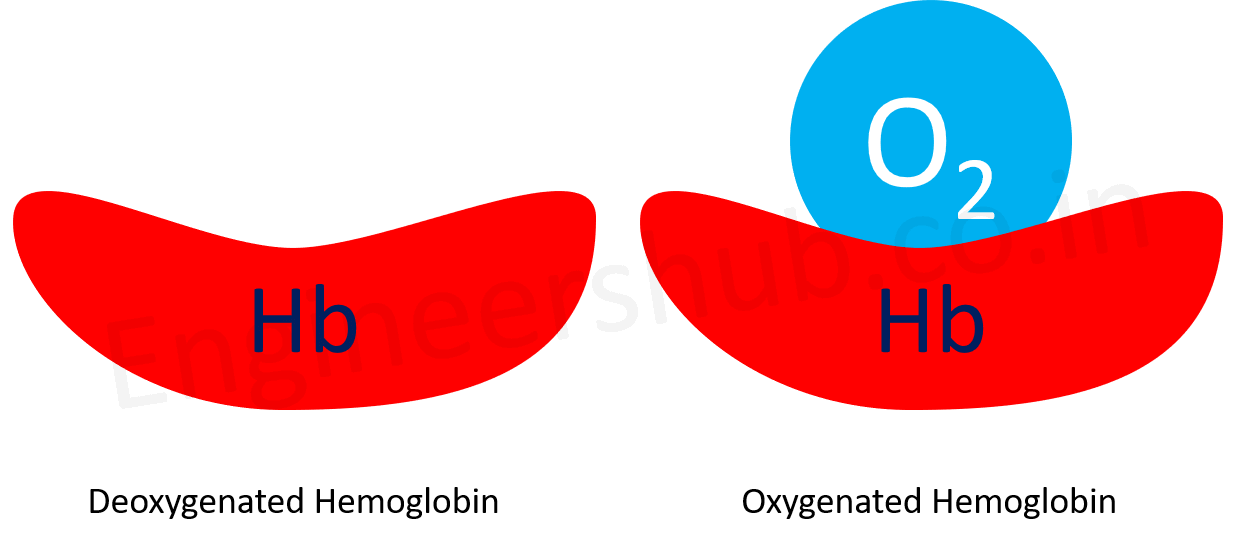
The percentage of oxygen-saturated hemoglobin molecules in arterial blood is determined by a blood-oxygen saturation reading.
Let us understand the oxygen saturation level using the below example.
Assume that there are 10 hemoglobin molecules and none of them carry oxygen. The oxygen saturation would be 0%.

If five out of ten hemoglobin molecules carry oxygen then the saturation level is fifty percent.

When all the ten hemoglobin molecules carry oxygen then saturation level is a hundred percent.

In a healthy adult, however, normal readings range from 94 percent to 100 percent.
In a nutshell, oxygen saturation indicates what percentage of total hemoglobin is carrying oxygen.
How does Pulse Oximeter works?
The pulse oximeter has a light source and photodetector (detecting the light) as shown below.
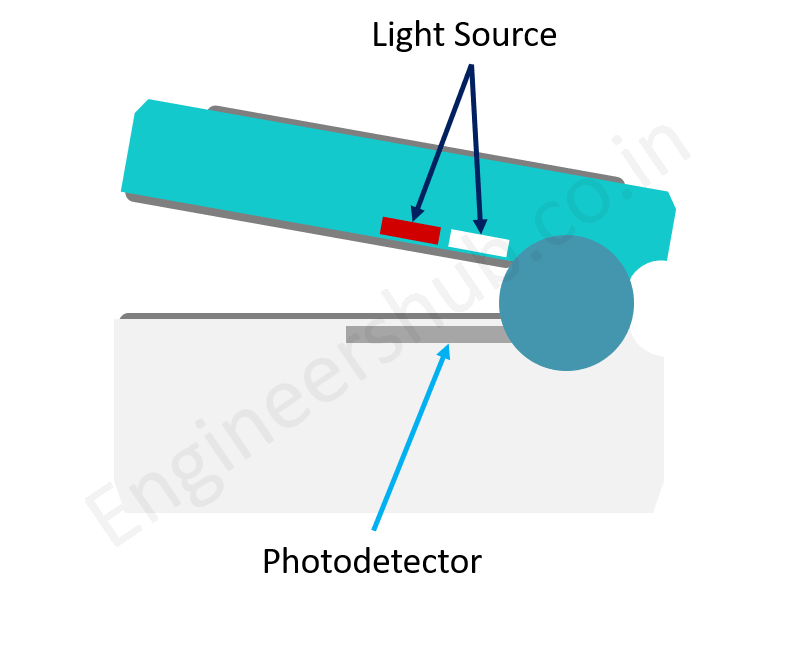
For a pulse oximeter, the light source should have the following requirements,
- Should be rugged.
- Inexpensive.
- Can be able to fit into a small device.
- Must be able to emit light with a precise wavelength.
Light-emitting diodes best suit all the above requirements. For light detection, a photodiode is used.
If you place your finger in the middle of the light source and the photodetector, the light from the light source travels across the finger before it can reach the detector.
The finger will absorb some of the light, while the rest will reach the light detector.
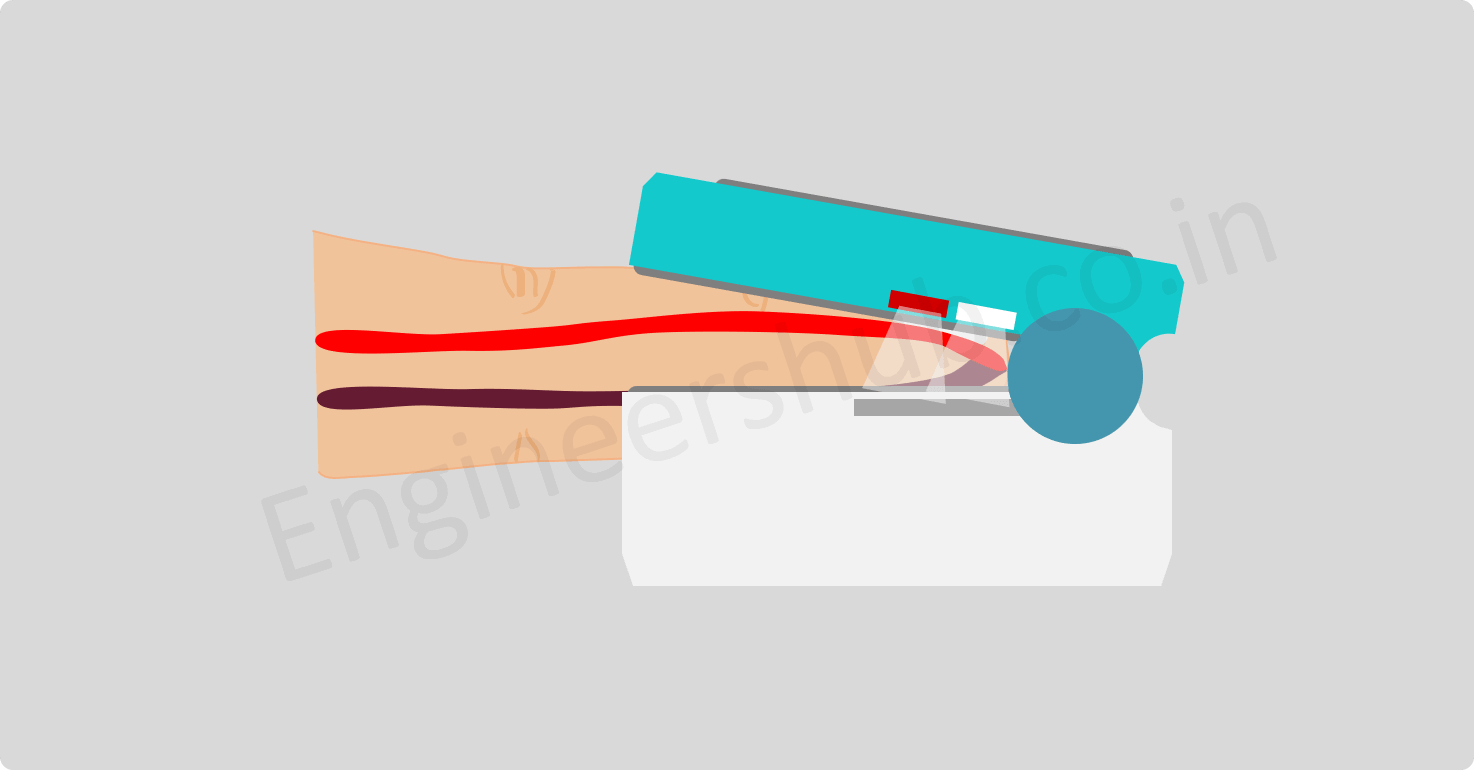
The oxyhemoglobin and deoxyhemoglobin absorb lights of different wavelengths in a different ways.
The pulse oximeter uses red light and infrared light. The wavelength of red light is 660nm and that of infrared light is 940nm.
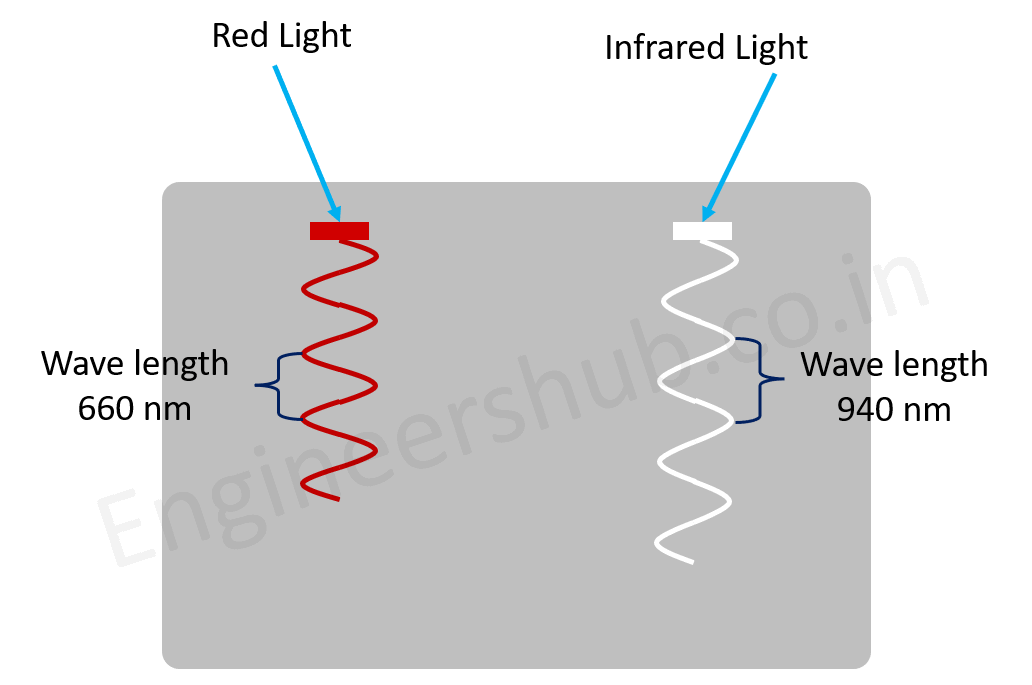
Oxygenated hemoglobin absorbs more Infrared light as compared to red light.
More red light is absorbed by deoxygenated hemoglobin compared to infrared light.
The internal algorithm of the pulse oximeter calculates the ratio of infrared light and red light absorbed.
But there is one more light coming to the pulse oximeter detector and that is ‘ambient light or room light’.
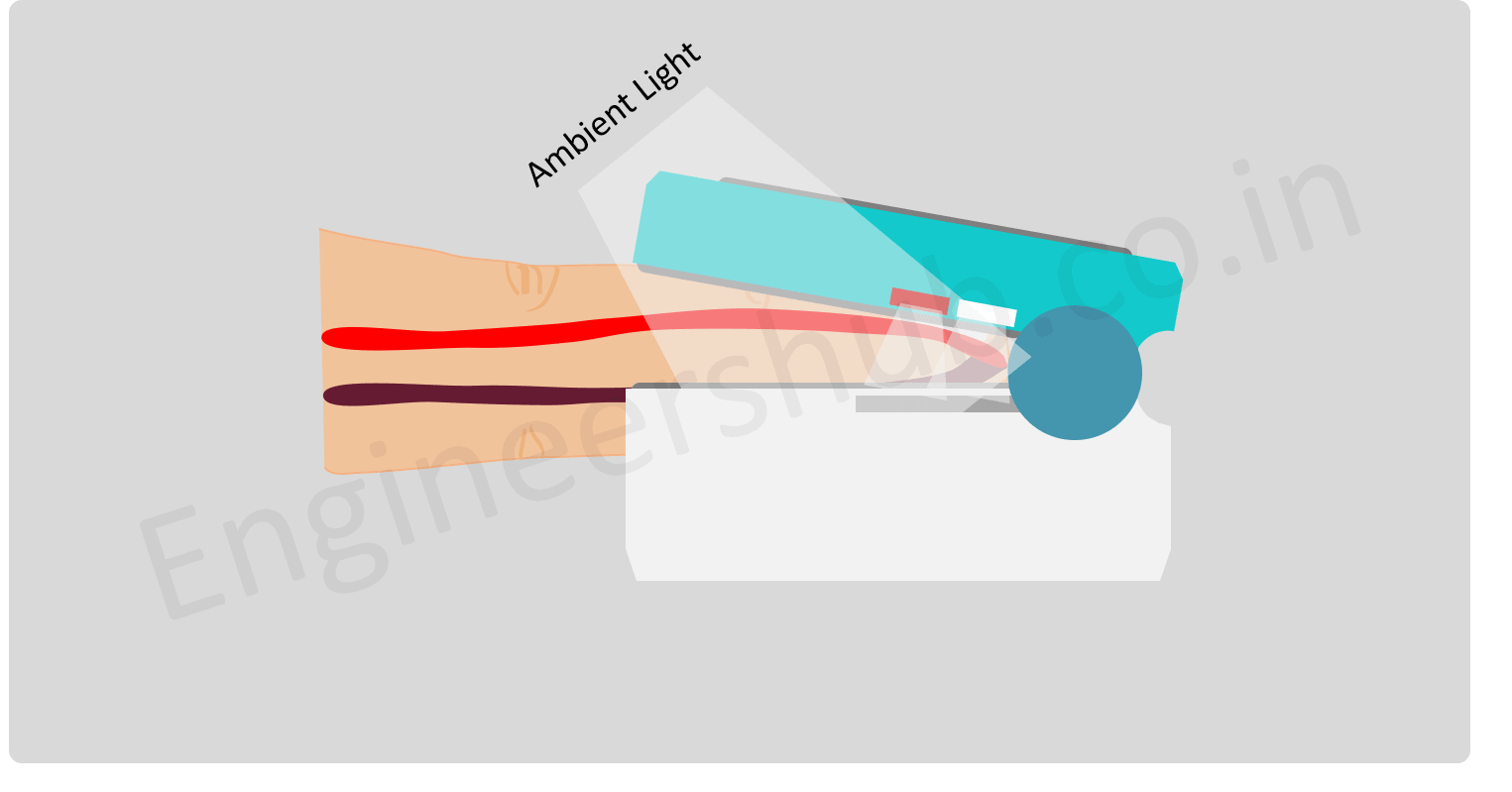
The room light is of a different wavelength.
To avoid the erroneous reading due to ambient light, the red LED will be pulsed by the pulse oximeter, and the resulting signal would be taken into account.
Repeats the process with the infrared light and then with both LEDs turned off.
Doing the above process, the pulse oximeter gets a baseline of ambient light.
For both wavelengths, a photoplethysmography (PPG) signal is generated.
The skin, muscle, bones, and venous blood also absorb light.
You may have a question in your mind that if the light gets absorbed by skin, muscle, etc. isn’t the reading of oxygen saturation is erroneous.
No, that is not the case. We are not getting an erroneous reading. The pulse oximeter does consider all these absorption factors.
I will tell you – how?
As discussed before, a PPG signal is generated.
There are DC and AC components in the signal.
Constant reflecting materials such as skin, muscle, and bone, as well as venous blood, contribute to the DC component.
When a body is at rest and motion is minimal, the AC component consists primarily of reflected light from arterial blood pulse.
The AC component is affected by heart rate and arterial thickness, with systolic (pump) having more reflected or transmitted light than dystopic (relaxation). Blood is pumped from the heart during the systolic phase, which raises atrial blood pressure.
Increased blood pressure causes the arteries to dilate, increasing atrial blood volume. As blood volume rises, light absorption rises as well.
During the diastolic phase, blood pressure lowers, and light absorption decreases. The beating heart causes diastolic troughs and systolic peaks, as seen in the diagram below.
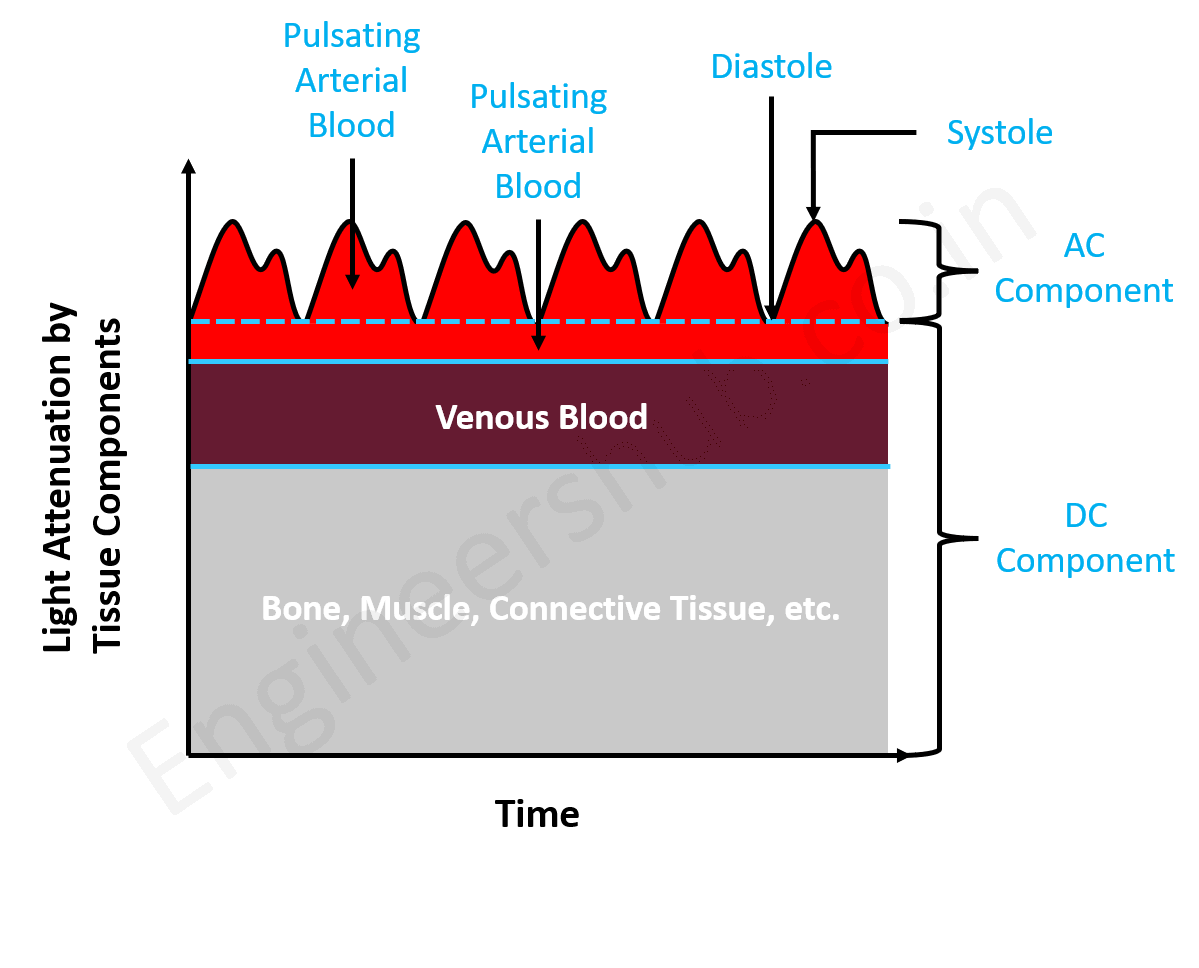
The pulse oximeter evaluates AC and DC components from a PPG signal and determines the change in light absorption in atrial blood caused by blood pumping from the heart with no contribution from other tissue.
The ratio of the ac component to the dc component is what we call as perfusion index.
PI = AC/DC
SpO2 measuring device aims to increase the AC to DC signal ratio.
Perfusion index is calculated for both the light i.e., infrared and red lights.
Now, the ratio of PIred to Pir is calculated.
Because light absorption at a specific wavelength is proportional to
R = (ACred/DCred) / (ACir/DCir),
Now substitute RoR, into the following formula and you would get SpO2:
SpO2 = − EHbO2red − R × ERHbired (EHbO2red − εRHbred) −R (EHbO2ired − ERHbired)
Where,
EHbO2red = extinction coefficient of HbO2 at 660 nm, EHbO2ired =
the extinction coefficient of HbO2 at 940 nm
ERHbired = extinction coefficient
So, in this way, the pulse oximeter gives us oxygen saturation level.
Summarizing
COVID-19 patients have lately been diagnosed with silent hypoxia, a particularly insidious disease.
Before any of the classic COVID-19 respiratory symptoms, such as shortness of breath, silent hypoxia can cause serious damage to the body.
It is better if you keep a pulse oximeter available at home.
Some persons have been prescribed a pulse oximeter if they have or may have low oxygen levels, such as when they exercise or go to high altitudes.
In these situations, a pulse oximeter will allow you to monitor your blood oxygen level and determine when your supplemental oxygen flow rate has to be increased.
Pulse oximeters can be purchased online or via a local pharmacy or medical supply store with a prescription. Your insurance provider may cover the cost of a pulse oximeter in some instances.


